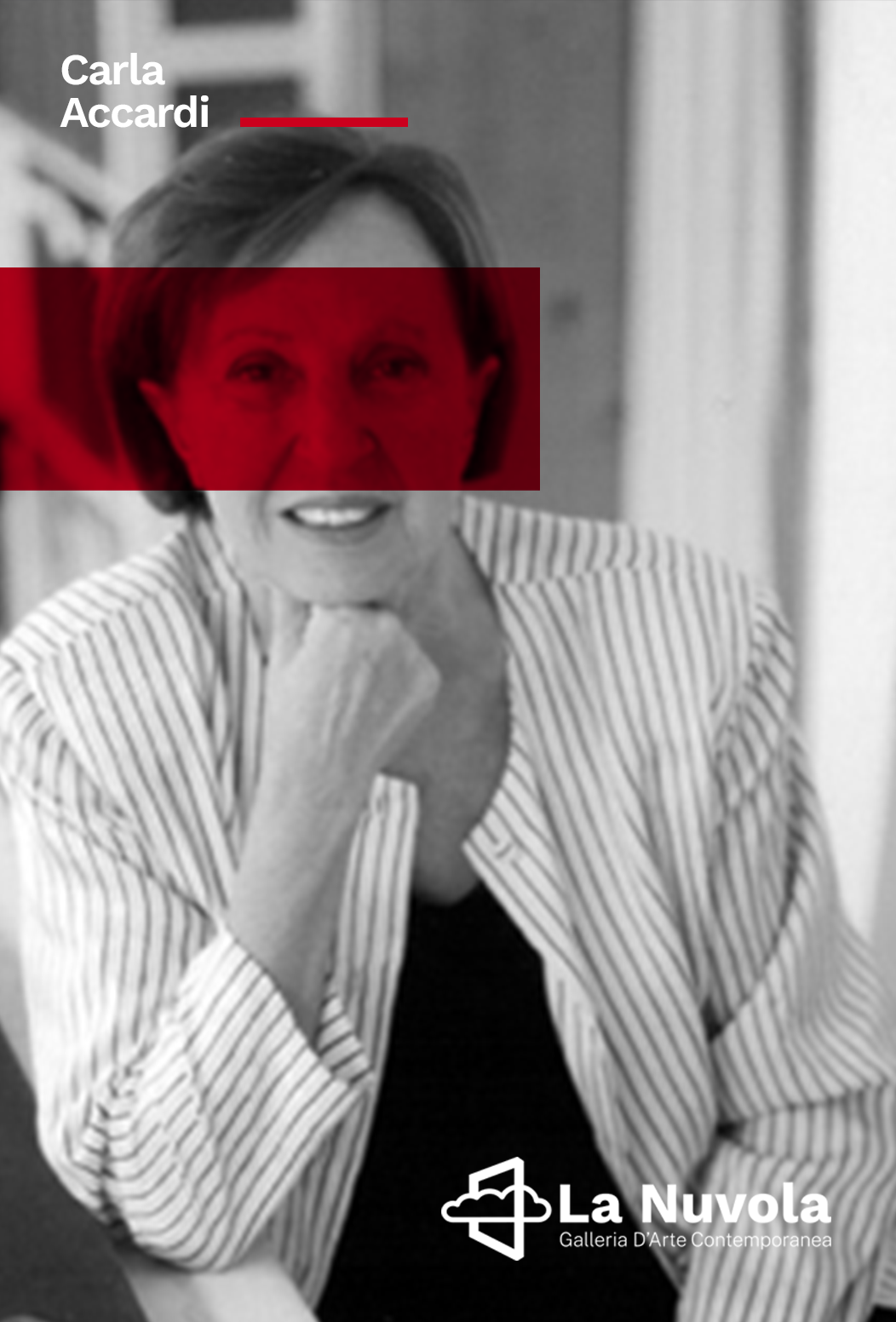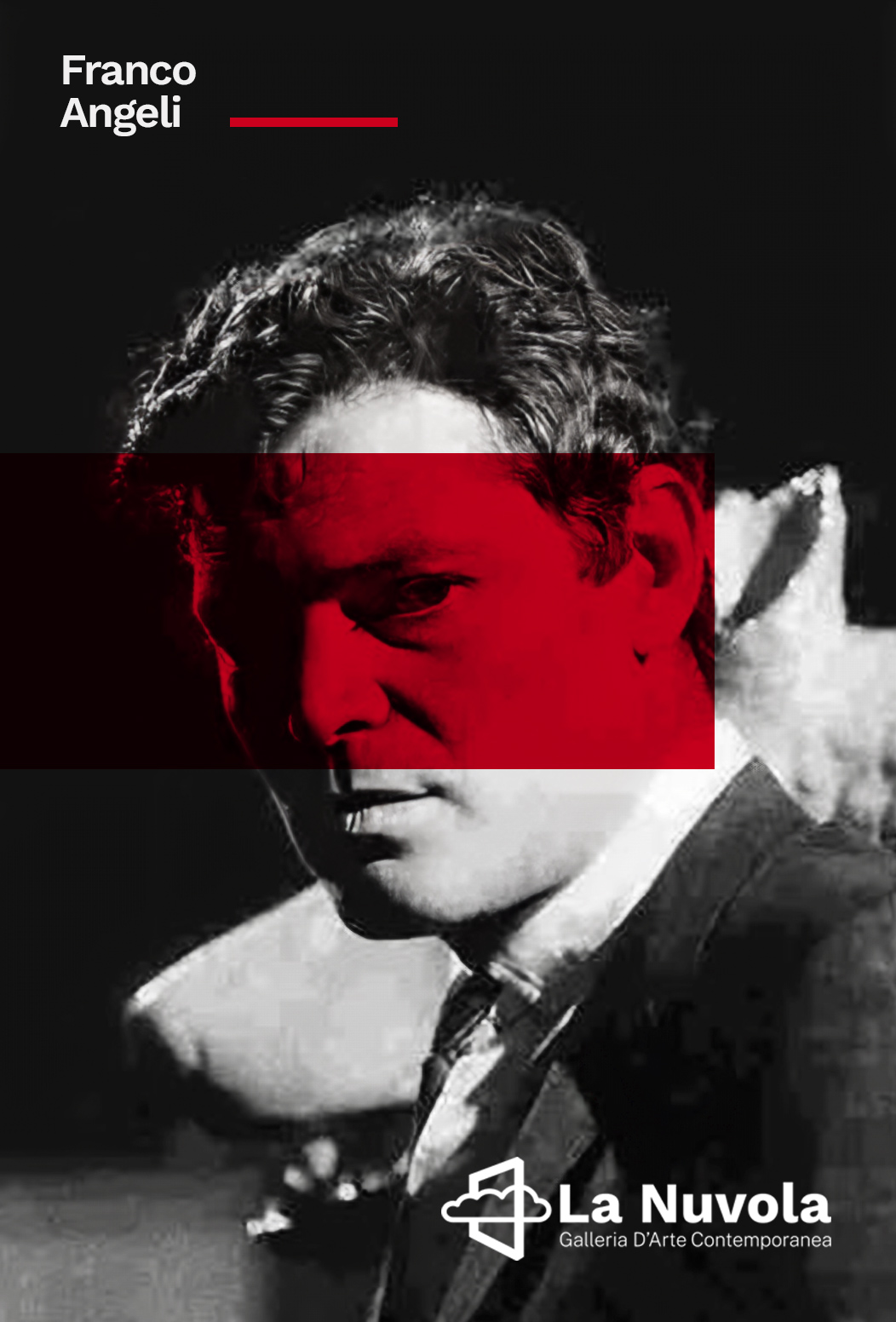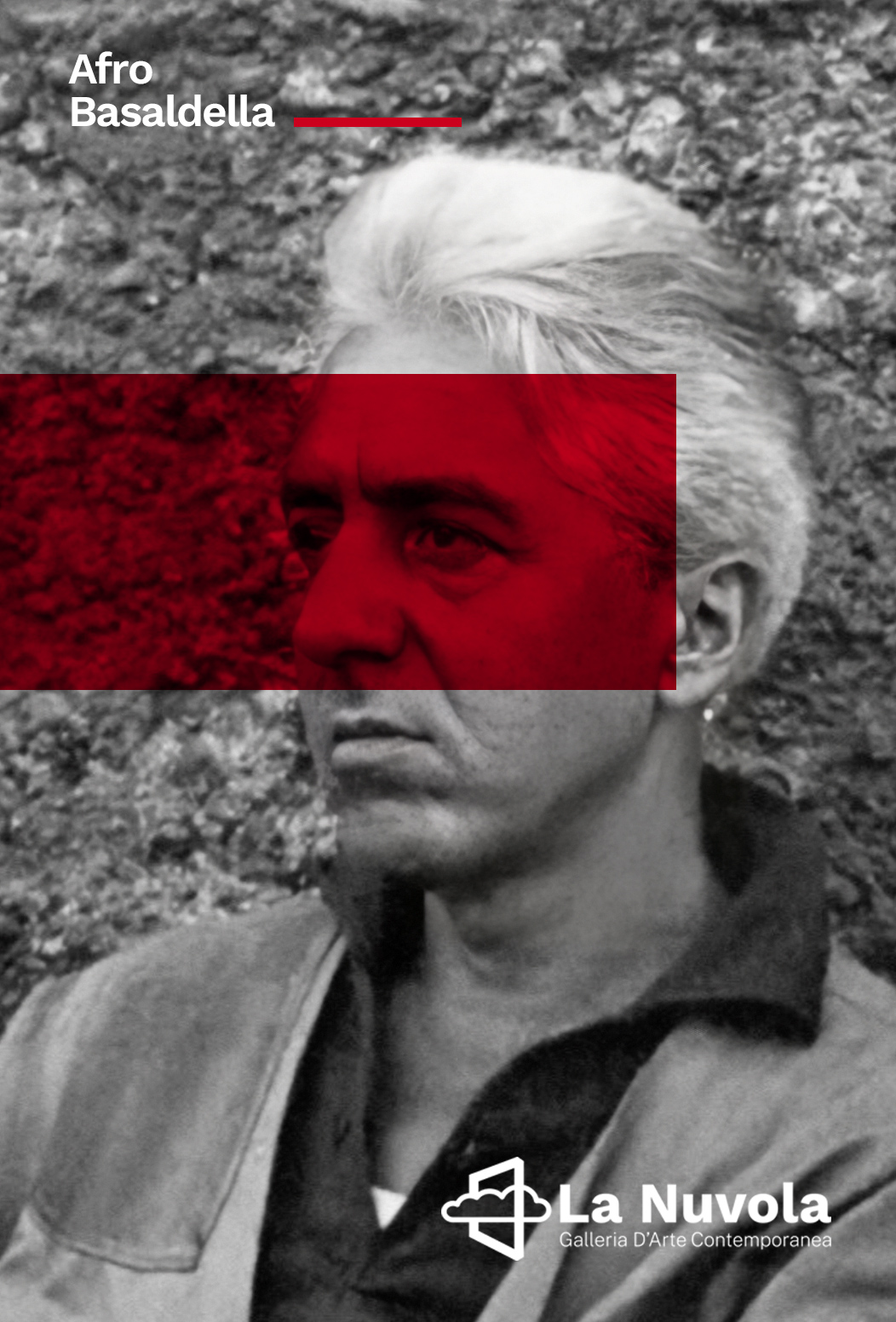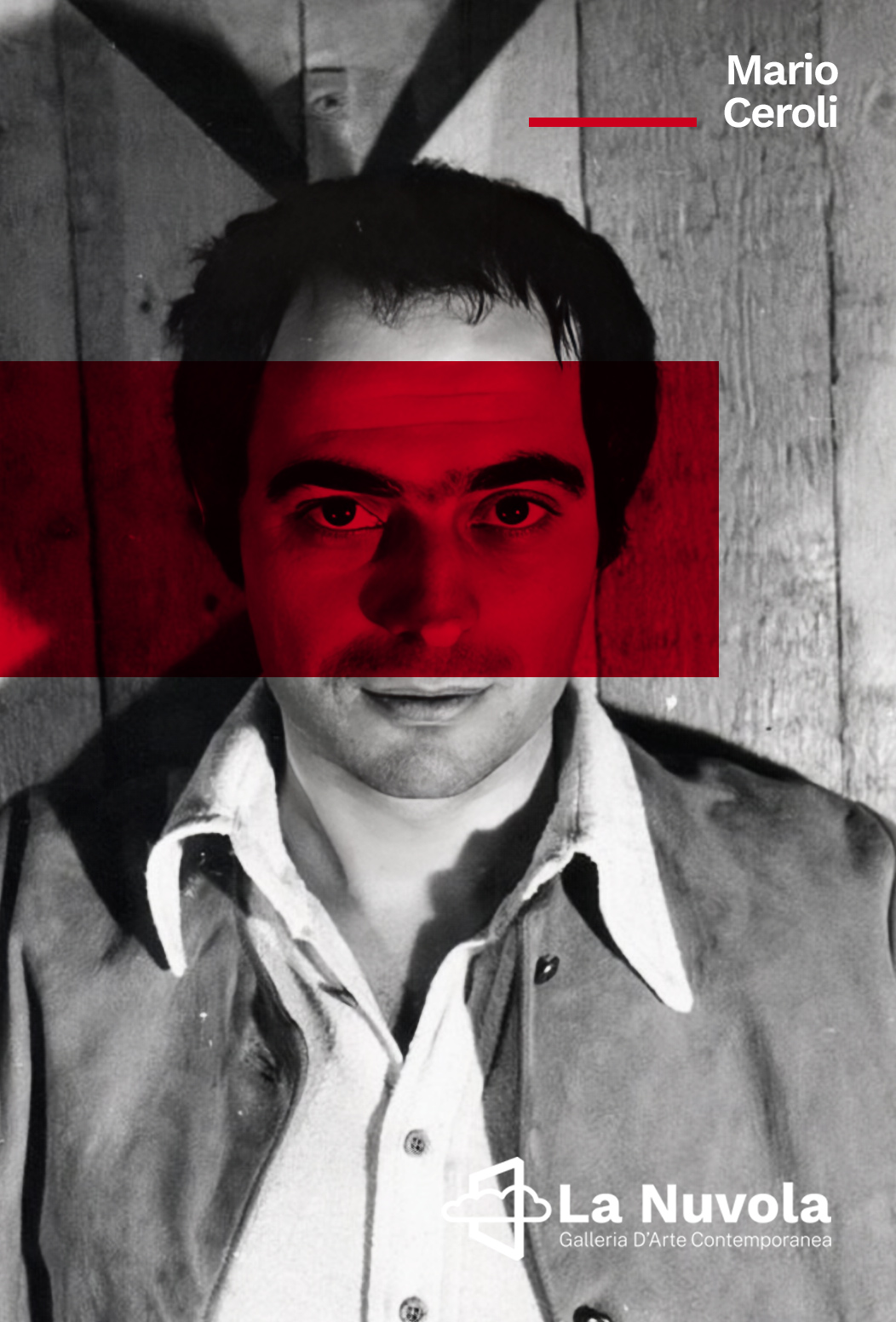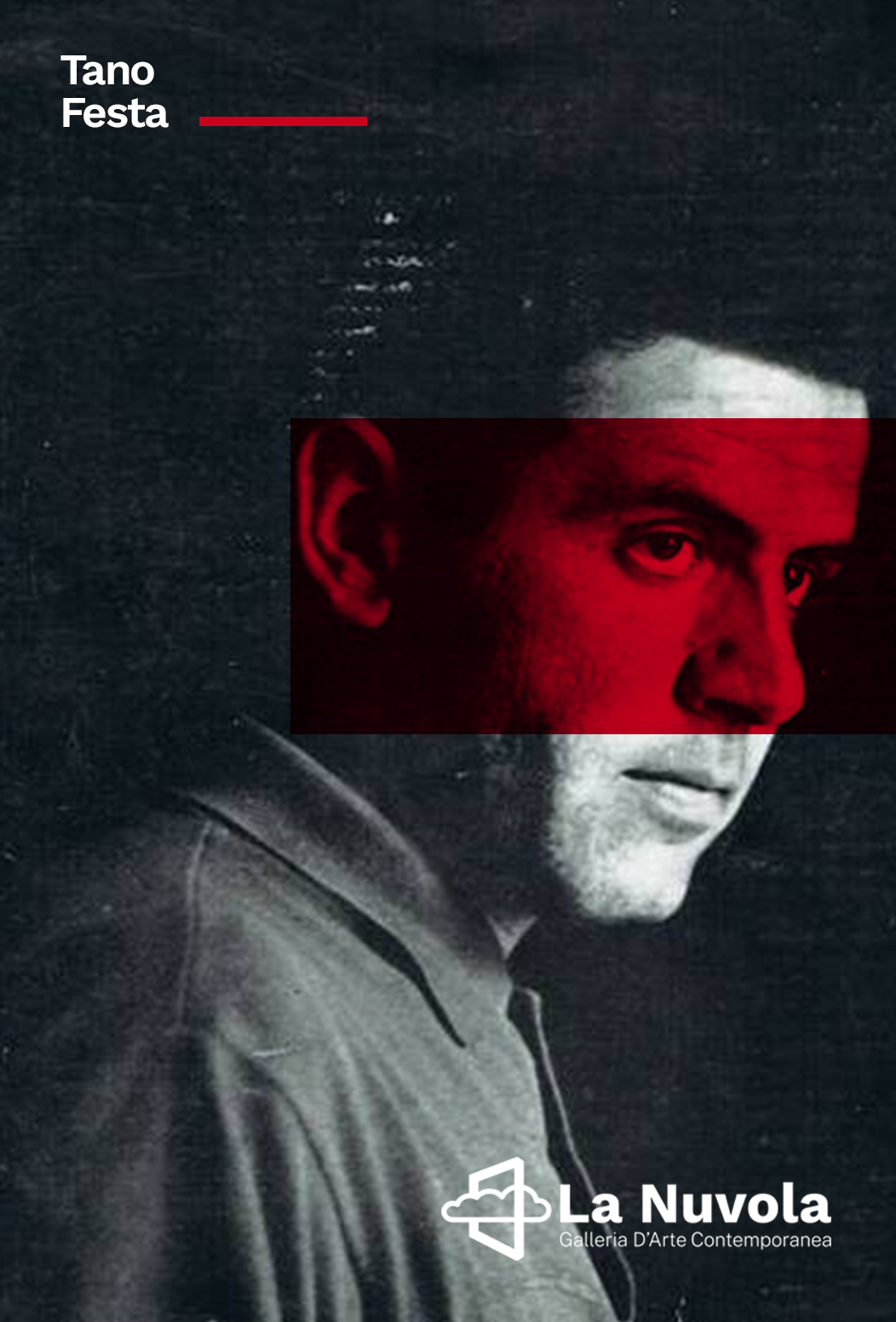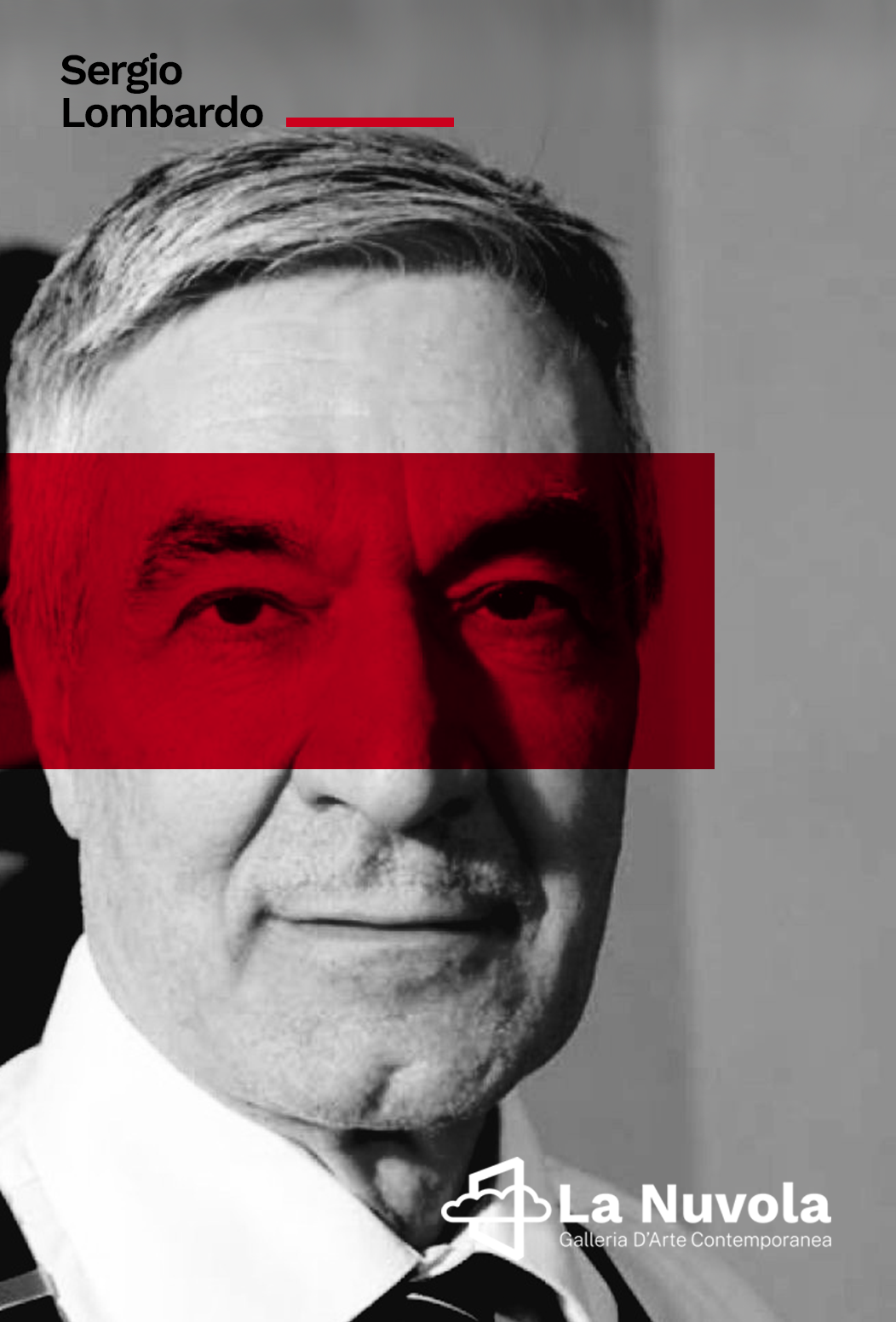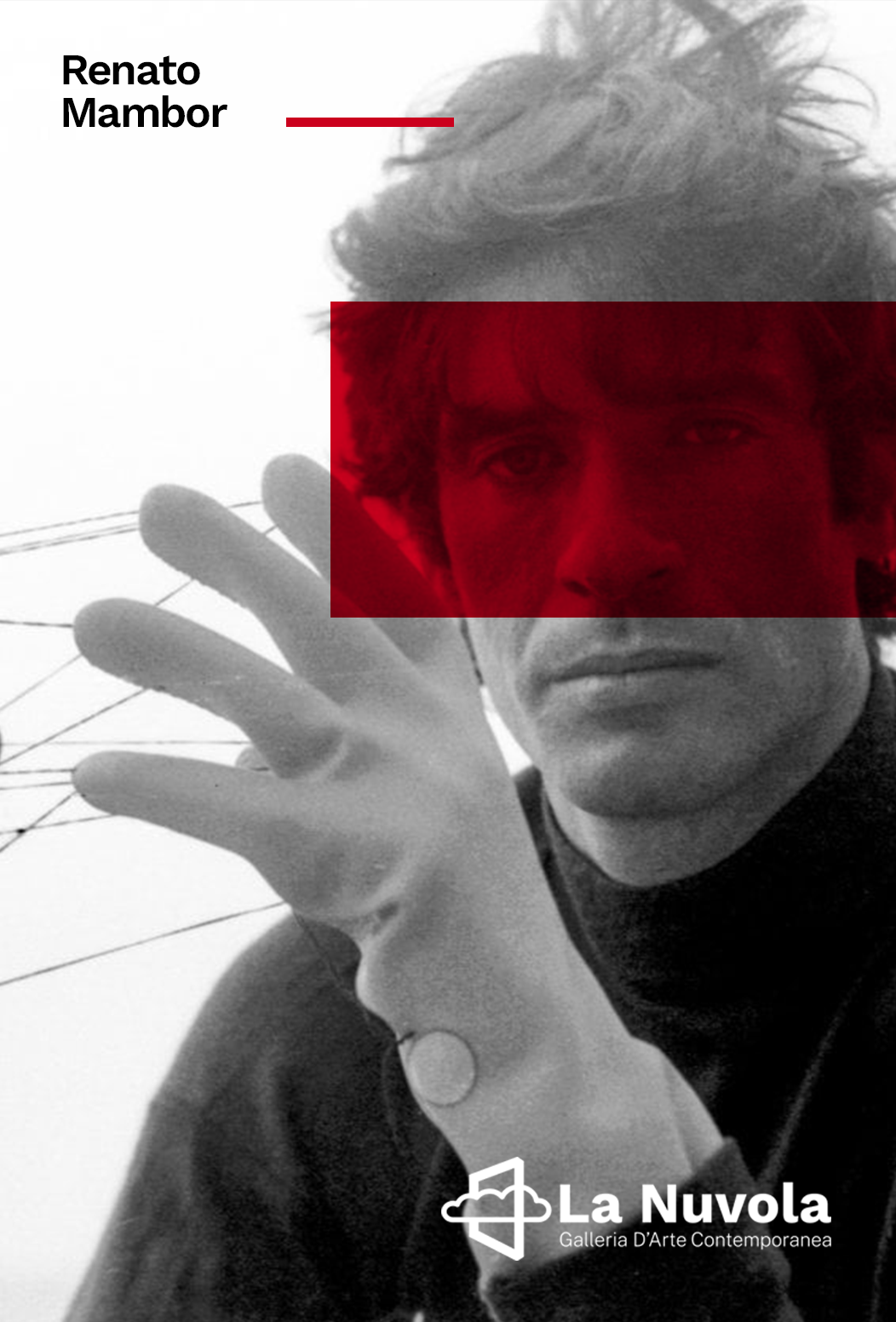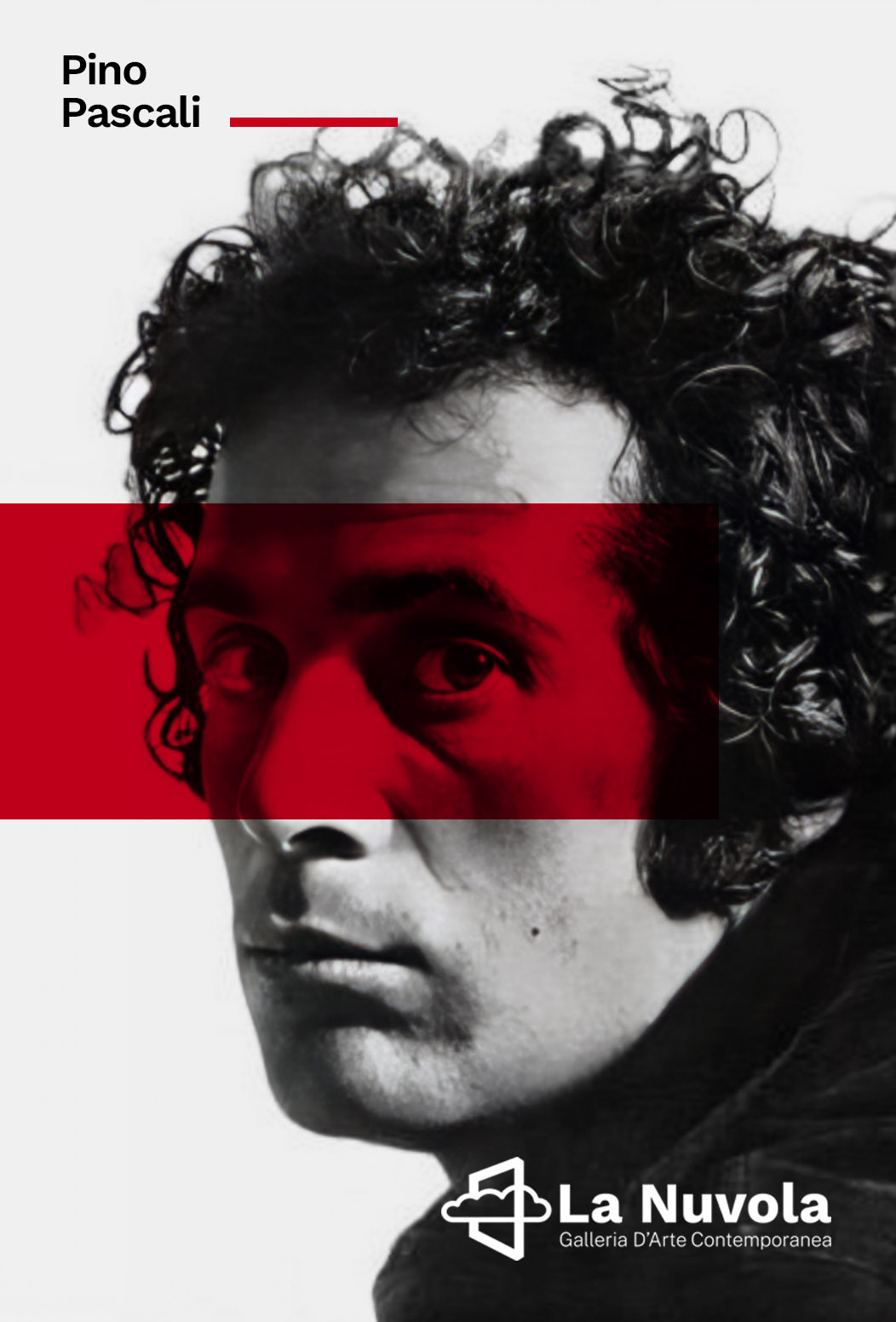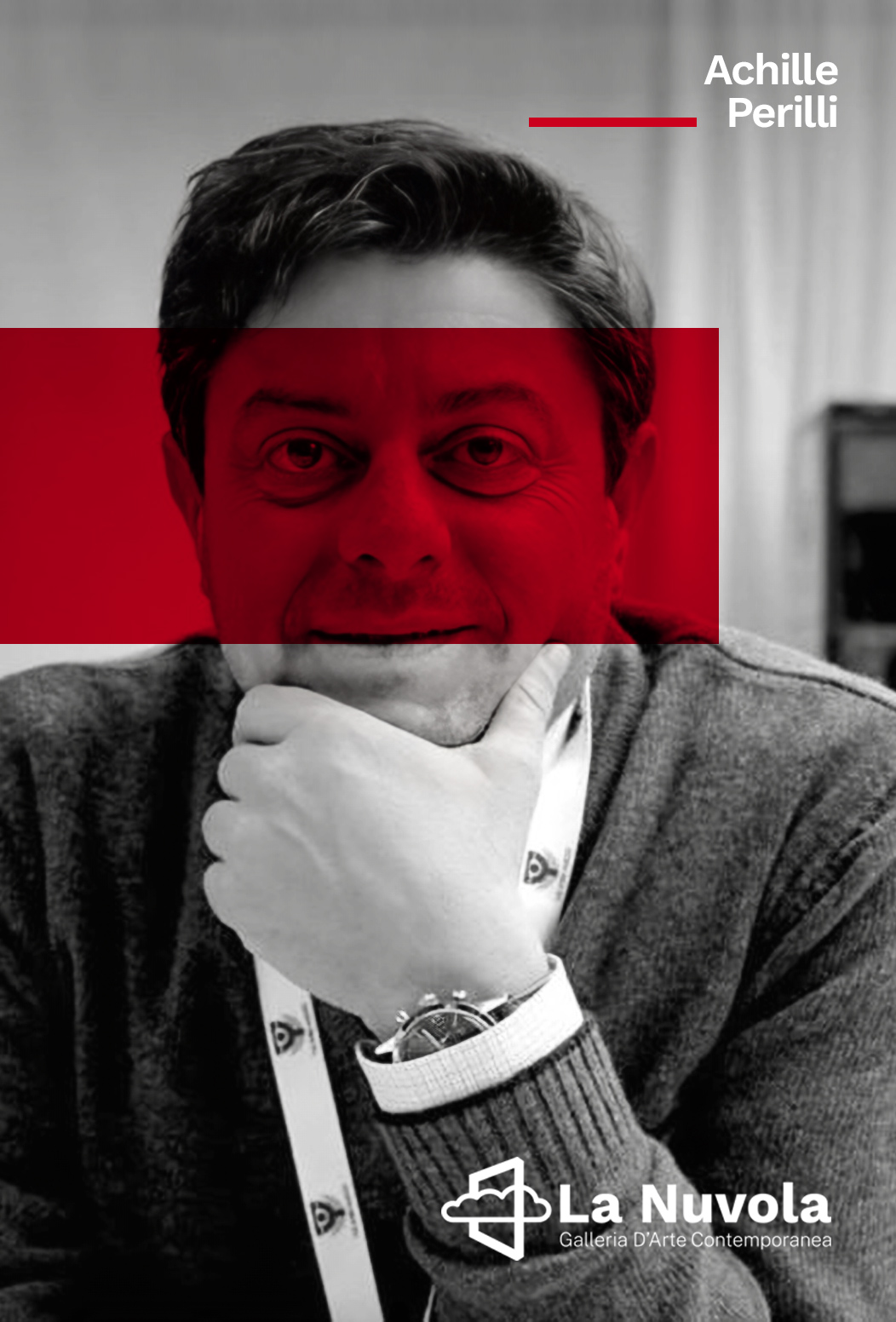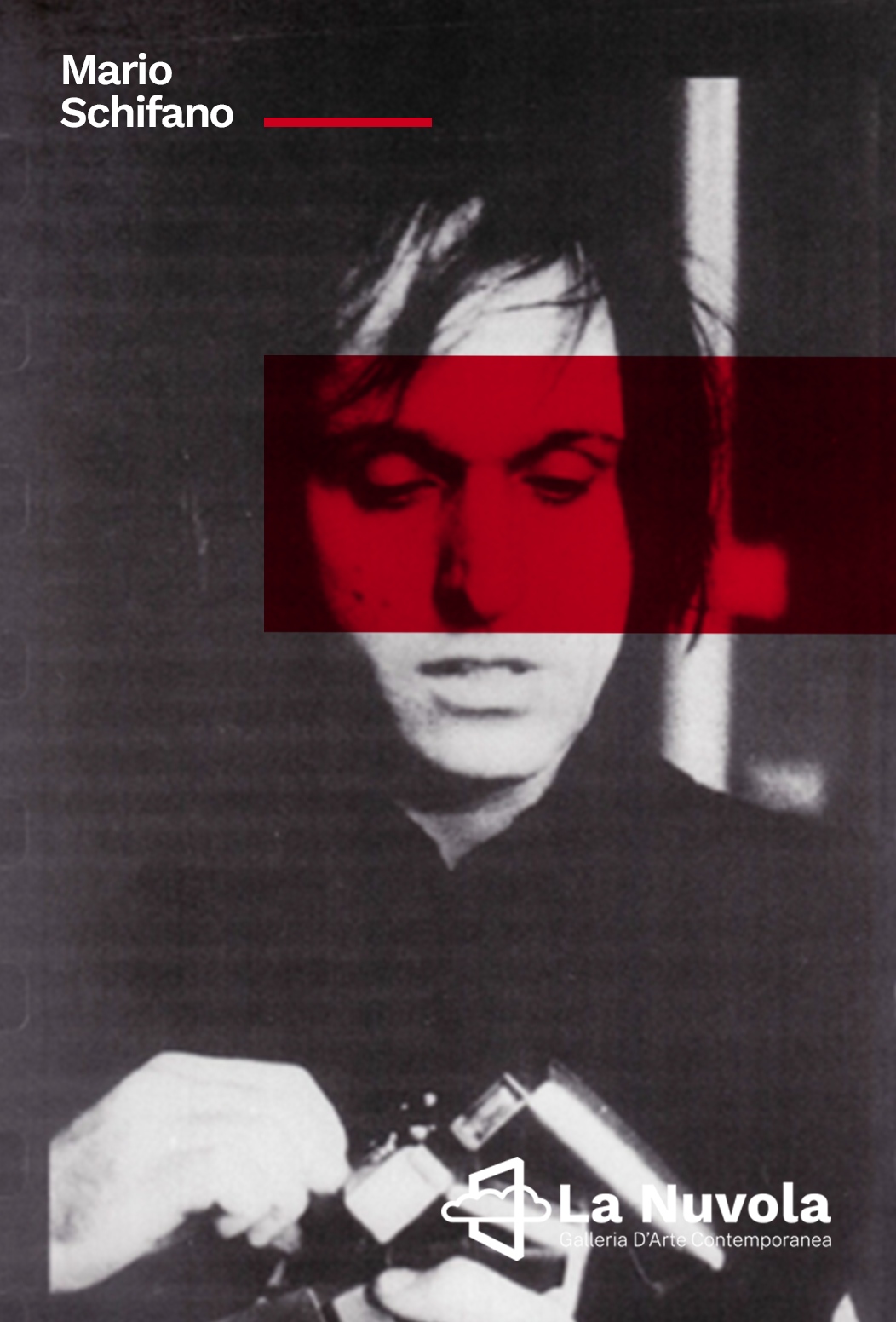Artists
The artists who inhabit the space of La Nuvola Gallery, both historical and contemporary, are distinguished by a common tension towards the avant-garde. In the case of the former, it is an experimentation investigated in the decades from the 1960s to the 1980s, from a pictorial, sculptural and installation point of view. It is a direct testimony of a historical period and of a relationship, also human, woven with the most relevant names of that era.
As far as the selection of contemporary authors is concerned, the Gallery’s objective is manifested in its desire to give expressive space to new names, already established or emerging, on the national and international scene, in order to broaden the art market towards both innovation and new research.

